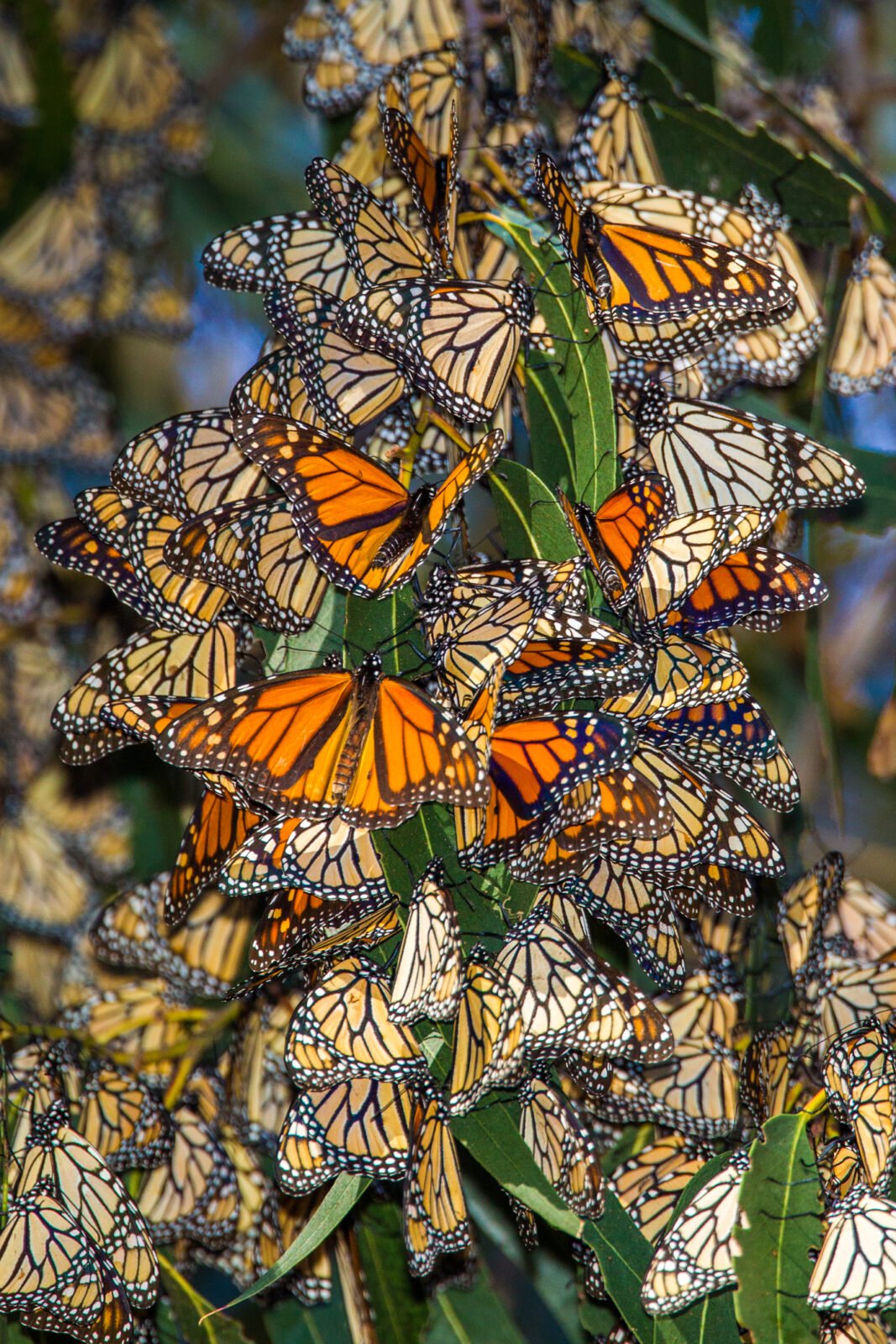
Native News Recap: 2022
Here’s a native news recap looking back at some of the biggest native plant news stories of the...

This is the second part of my Habitat Heroes Design series. The first part was a sunny garden of native species with high wildlife value, and in the second I concentrate on those hard-to-plant shady areas. Many of us are dealing with shady areas under mature trees which could be deciduous or evergreen. Planting under evergreens is one of the toughest situations as you are dealing with complete shade all the time and lots of surface roots soaking up the available water. But if your garden is underneath deciduous trees, you get some light to penetrate through, plus when the leaves fall you will get more light for your spring bloomers. Partial sun means 3-6 hours of sun, not necessarily consecutively. For example, you might have a few hours in the morning and a few later in the day. But sun in the later part of the day is definitely more intense. If you are unsure of the amount of sun, there are battery powered sunlight calculators that measure the amount of sunlight in the specific location where it is placed. Most people are unsure of the total amount of sun that they get, and by using ones of these sun calculators, you can eliminate any guesswork and properly place your plants so that they thrive. Anything less that 2-3 hours of sunlight is complete shade. My garden plan for shade is designed for complete shade or partial shade. The flowers will be more subdued than a sunny garden, but the effect is just as beautiful with foliage colors.

Early spring bloomers like Red Columbine (Aquilegia canadensis), Bellwort (Uvularia grandiflora), Wild Blue Phlox (Phlox divartica), Crested Iris (Iris cristata), and Jacob’s Ladder (Polemonium reptans) appreciate the light that comes through deciduous trees in the early spring. Bellwort is especially valuable as native bees feed from the nectar and collect pollen from the flowers that bloom in April and May, and it thrives in full or partial shade.
Mid-summer is a time when many things bloom so the shoulder seasons of early spring and fall are especially important when there is a nectar dearth. A sequence of blooms with staggered bloom times is crucial to keep the pollinators coming. Even in late winter, pollinators are abuzz if there is a warm spell and they are looking for nectar and pollen sources. I live in the mid-Atlantic region, and I have seen my honeybees flying around in search of forage in February. At that time, the queen is starting to lay eggs to build up populations and the larvae needs pollen and honey for nourishment. If the bees don’t have enough stored from the previous year, they will starve, so I am especially concerned with early bloomers. Sugar Maple (Acer saccharum), Serviceberry (Amelanchier canadensis), and Spicebush (Lindera benzoin) are excellent shrubs for early spring nectar and pollen sources.

Most people don’t realize that grasses and sedges bloom. Pennsylvania Sedge (Carex pensylvanica) can host up to 36 species of butterflies and makes a tough low maintenance groundcover that will create colonies and spread. Foam Flower (Tiarella cordifolia) is another low maintenance ground cover with heart-shaped leaves that blooms with wands of creamy white flowers in May. Even earlier blooming, the Allegheny Pachysandra (Pachysandra procumbens) supports the pollinators that come out in March and April, a true shoulder season plant. Totally different from the invasive Japanese Pachysandra (Pachysandra terminalis), the leaves are a mottled pattern which is really beautiful and semi-evergreen. The Japanese Pachysandra has escaped cultivation and I see carpets of it in the woods. Jack-in-the-Pulpit (Arisaema triphyllum) forms colonies, and has a striking flower, unusual 3-part foliage, and distinctive red berries in the fall which are useful to woodland birds, including wild turkeys.

Inkberry (Ilex glabra) is in the holly family and does quite well in the shade. Evergreen and mounding, it will give structure to plantings all year long. The white spring flowers are relished by native bees, and the black berries are snatched up by wildlife. You must have both female and male varieties to produce berries. Sweetspire (Itea virginica) is one of my favorite picks for shady areas, as it is very adaptable to many soil conditions and is of a high wildlife value with its beautiful fragrant spikey white flowers and twiggy branches that create protection and shelter for wildlife. And the blazing red fall color is the main reason I include it in many of my designs. It is a truly an all-season shrub.
Maintenance on this shady native garden would be similar to the sunny one. One advantage of being in the shade is that your weeds won’t be so prolific. Mulch with leaves, pine straw, or compost.
For dimensions on both the shady garden and the sun garden, figure on a garden of at least 60’ x 40’. That is good size to have a sitting area and a diverse selection of shrubs, small trees, and perennials. This plan can also be sized down for smaller gardens by reducing the number of each species planted. Amend area with compost before planting, and make sure it is placed in full or partial shade (2-3 hours daily).
| Perennials | Shrubs | |||
 | Allegheny Pachysandra Pachysandra procumbens |  | Inkberry Ilex glabra | |
 | Bellwort Uvularia grandiflora |  | Sweetspire Itea virginica | |
 | Black Cohosh Actaea racemosa | |||
 | Blood Root Sanguinaria canadensis | |||
 | Crested Iris Iris cristata | |||
 | False Soloman’s Seal Maianthemum racemosum | |||
 | Foam Flower Tiarella cordifolia | |||
 | Jacob’s Ladder Polemonium reptans | |||
 | Ostrich Fern Matteuccia struthiopteris | |||
 | Pennsylvania Sedge Carex pensylvanica | |||
 | Wild Blue Phlox Phlox divartica | |||
 | Wild Geranium Geranium maculatum | |||
 | Wild Ginger Asarum canadense |
Native landscaping is a key to increasing bird diversity and abundance on suburban properties. The habitat provided by native species also helps animals adapt and survive with changing climate conditions by giving them food resources and a place to shelter and reproduce. By planting a garden of native species, you are giving birds and other animals a fighting chance to survive and also a visually beautiful place for people. You can accomplish this with either a shady or sunny native garden, as long as you plant your plants in the proper setting and remove any invasives.

Claire is a horticulturalist and landscape design consultant. Owner of Claire Jones Landscapes, LLC, Claire’s designed gardens have been featured in print publications like WSJ and Style Magazine. A garden writer at The Garden Diaries, Claire maintains 3 honeybee hives and gardens at her home in Maryland.

Here’s a native news recap looking back at some of the biggest native plant news stories of the...
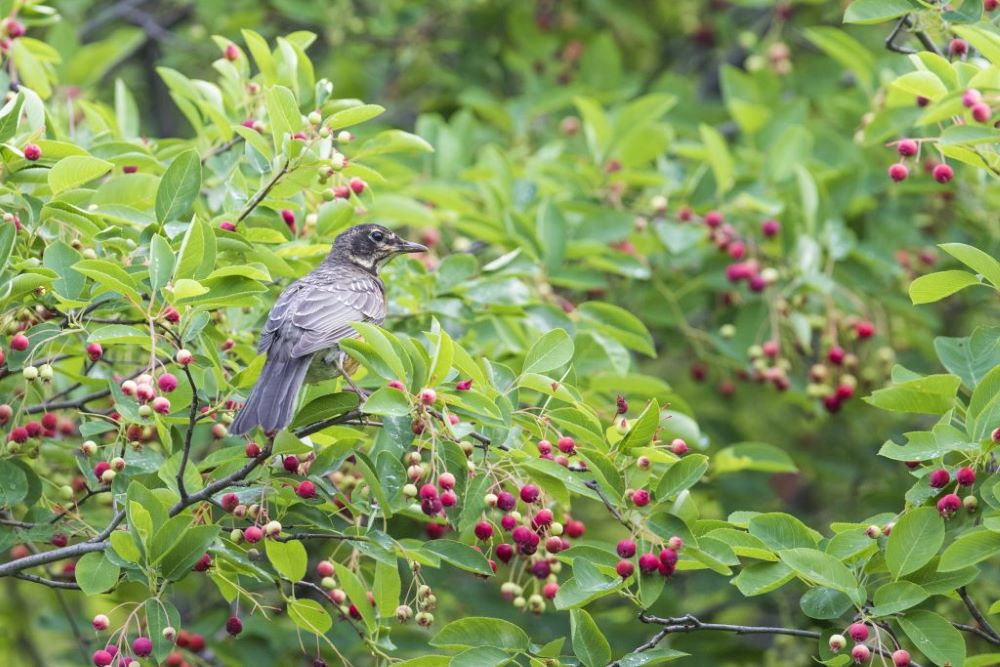
In the past we have emphasized the importance of keystone species in supporting bird populations,...
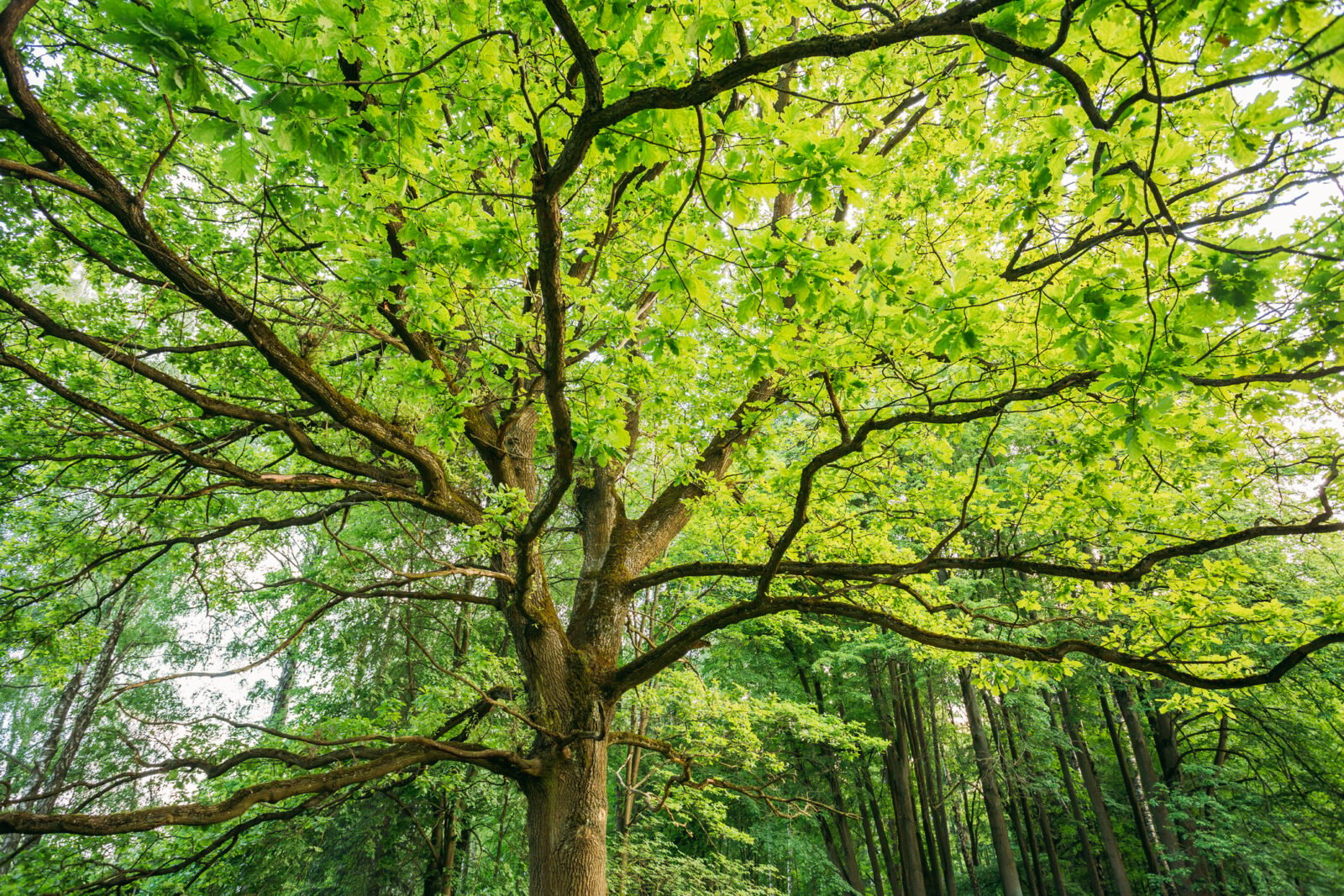
Perennials are the stars of most gardens, and no wonder! They provide a variety of shapes and col...
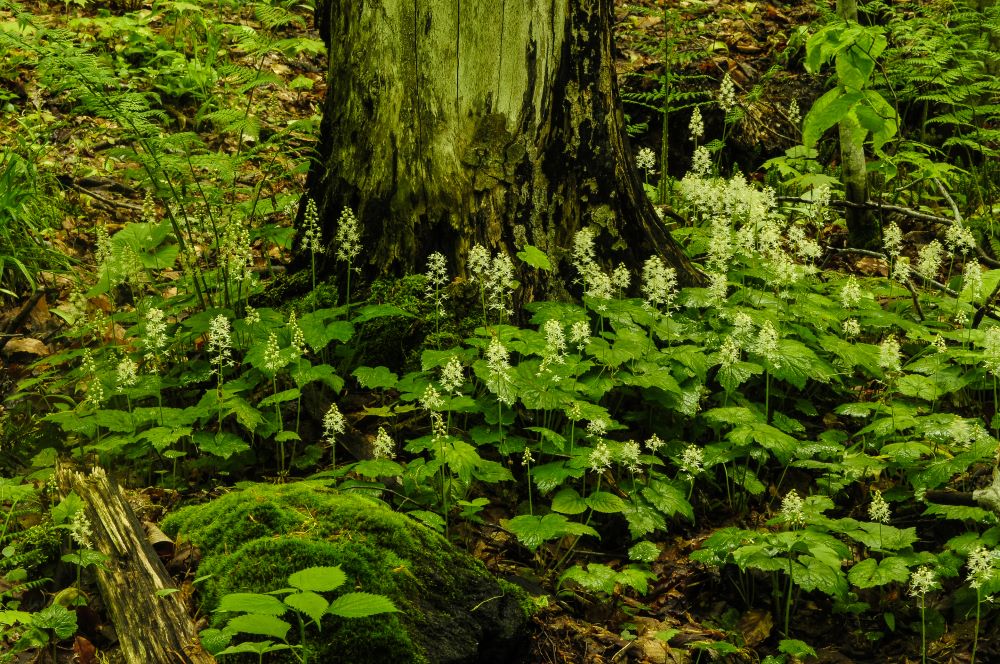
These native ground covers for shade make a perfect living mulch by holding in moisture, keeping ...

Gardening is ‘In’! Over the past two years gardening has suddenly become very popular with pe...
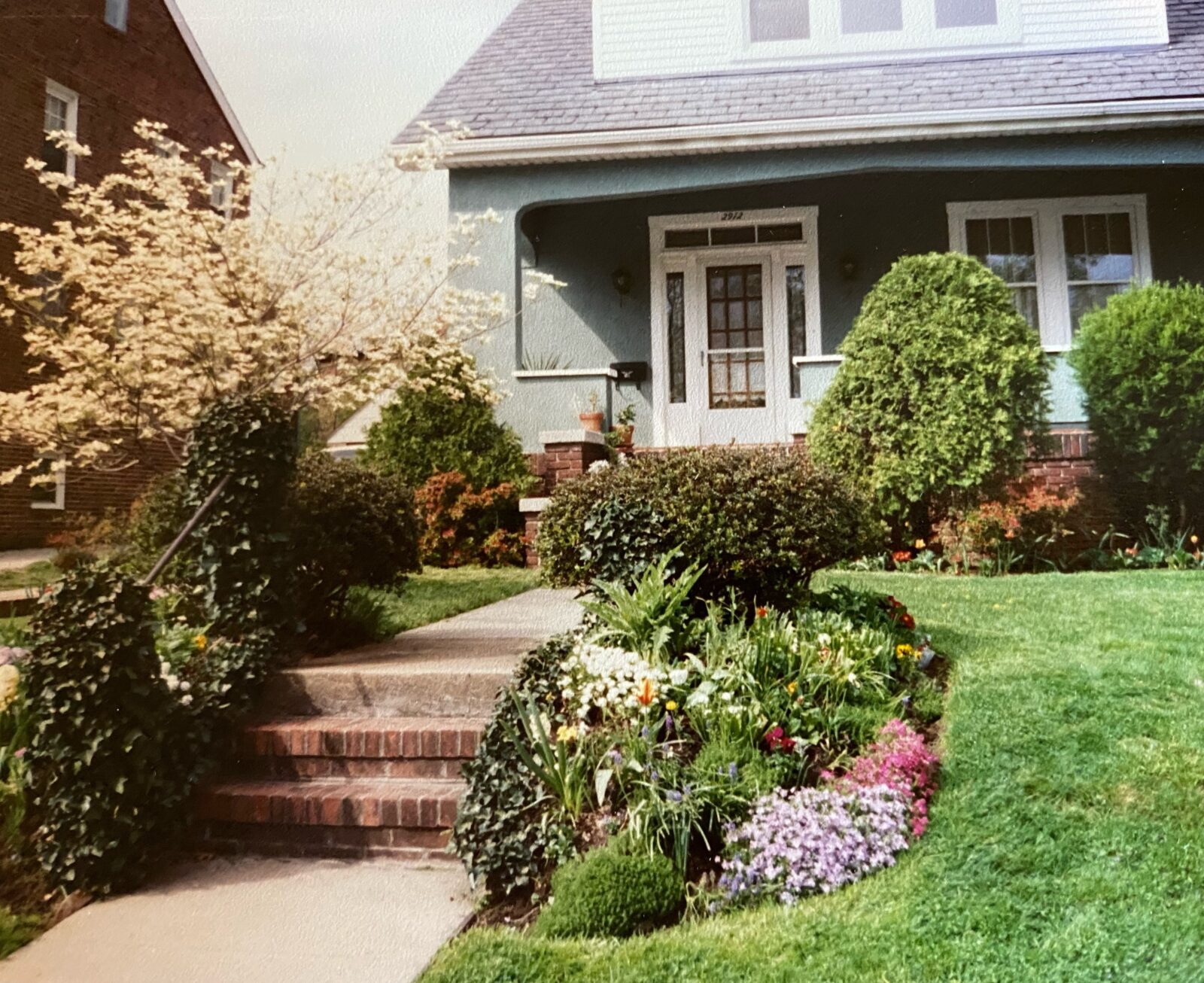
Mothers give us so much, but sometimes it takes a while for us to appreciate the gifts that we ca...
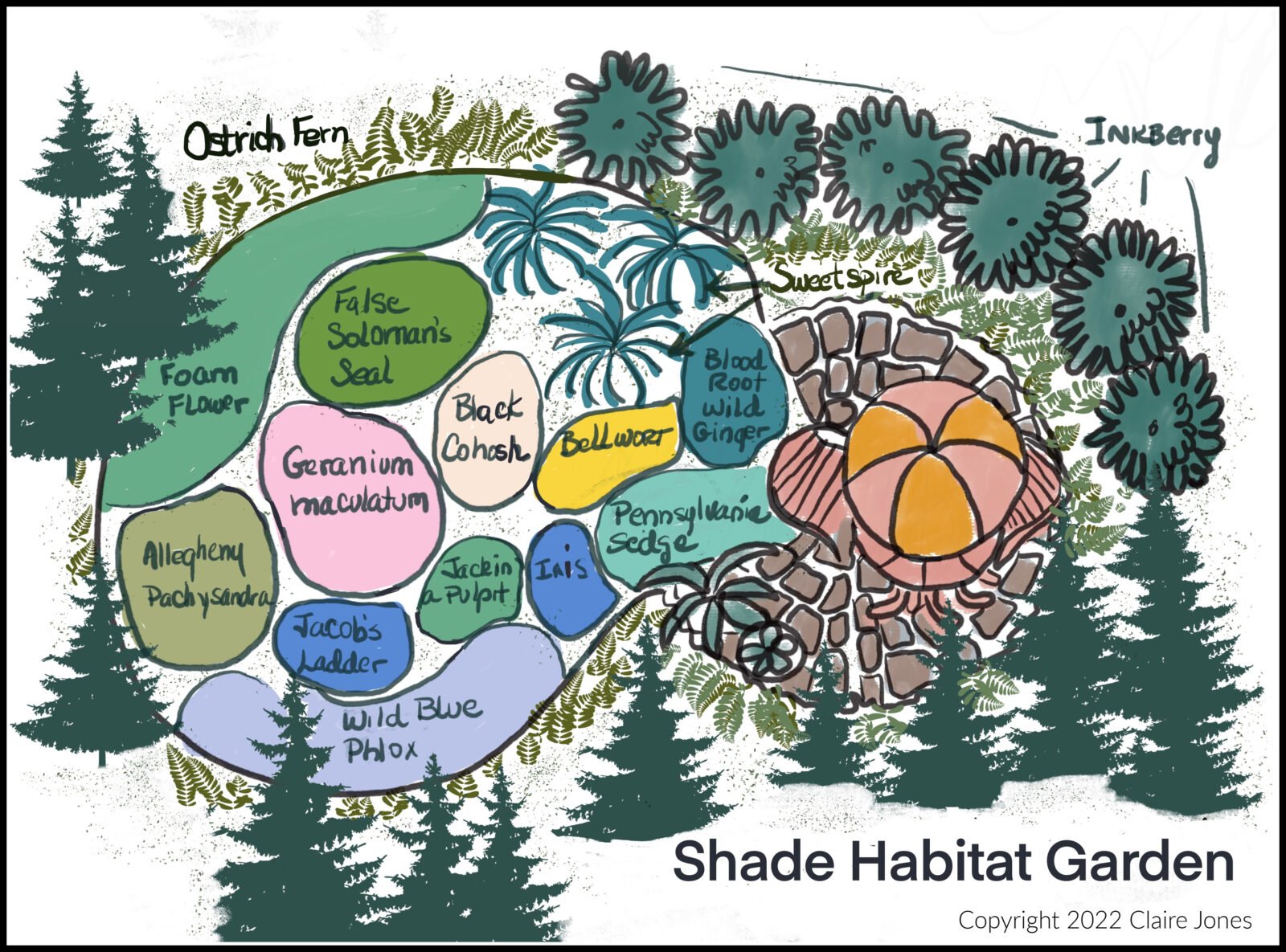
This is the second part of my Habitat Heroes Design series. The first part was a sunny garden of ...
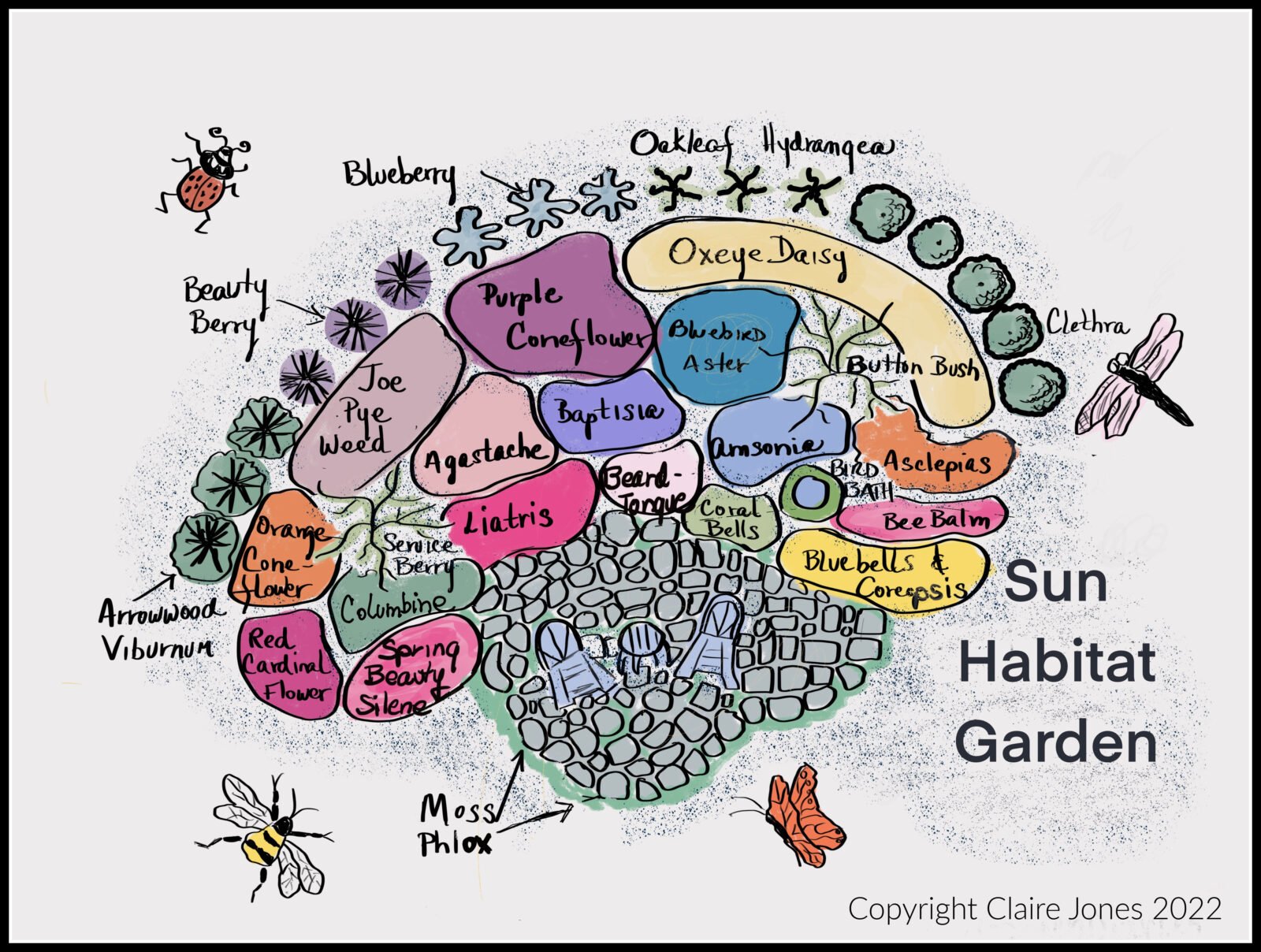
This blog post will cover how to design and install a Sunny “Habitat Hero Garden” with native...
Now Shipping for Spring 2024!